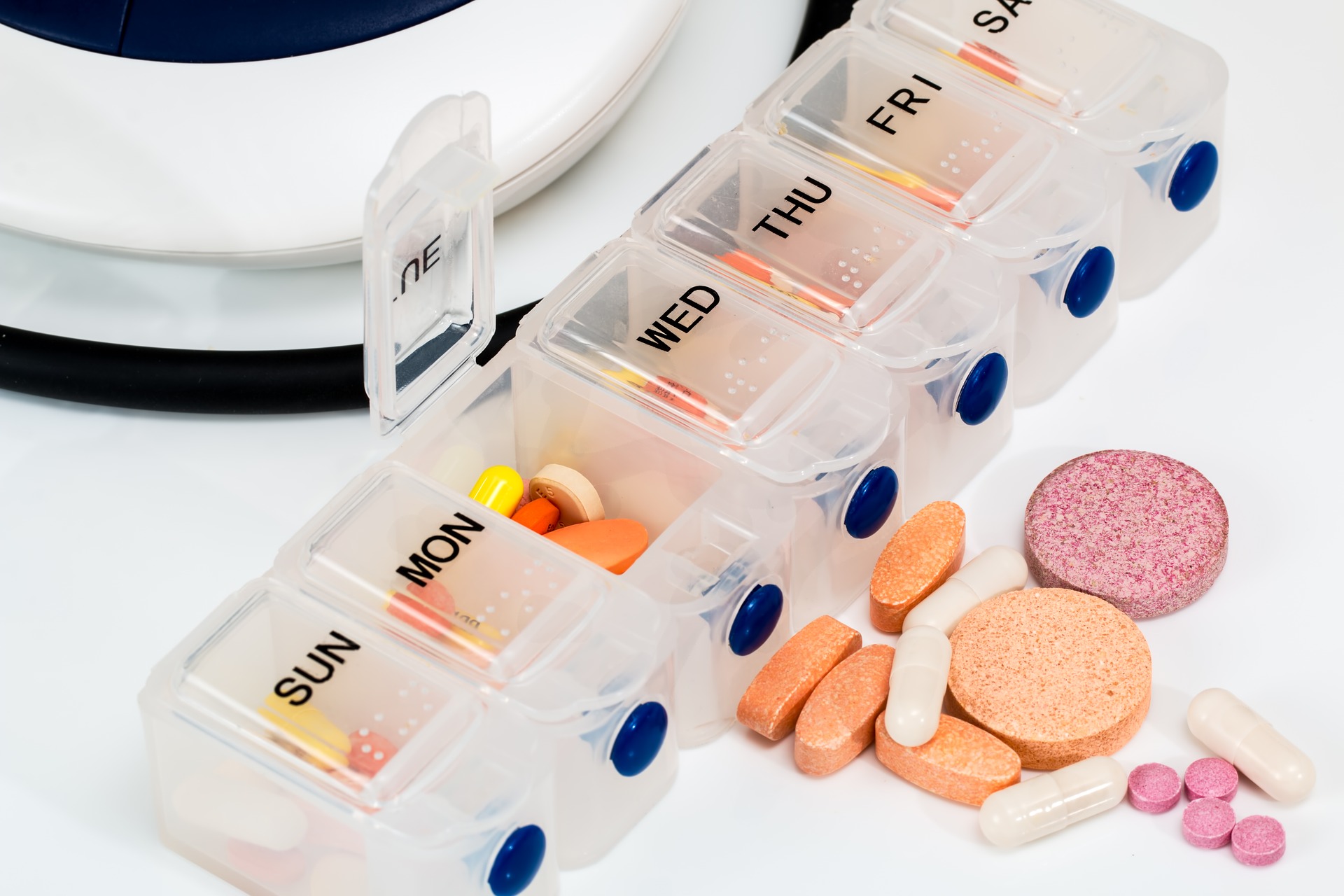Friday, June 19, 2020

Safe Or Unsafe?
Most of the time when people buy a health supplement they look at the nutrition label to make sure they are getting the amount of nutrients they wanted, for example 500 mg of calcium. What they don’t do is look further down the label to the actual “Ingredients” and this is an area that can be of concern.
Excipients such as artificial coloring or flavoring, flowing agents, stearates, thickeners, and other chemicals and ingredients are also added to dietary supplements and the unsuspecting consumer doesn’t realize they might be getting something more than just calcium!
Take the product Viactiv chewable chocolate calcium, for instance. The nutrition facts seem fine, but now look at the actual ingredients — sugar, hydrogenated oil and corn syrup?!
Another Case In Point.
France banned the use of titanium dioxide. This additive is used in sweets and baked goods as a whitening agent. However it has been shown to accumulate in the organs of laboratory animals, and the French government could not rule out human cancer risks. Titanium dioxide is also found in sunscreens and personal care products. So, don’t forget to read your supplement labels – it’s often added to make your vitamins an appealing color. And when there are other ingredients that you’re just not sure of, check out the Chemical Cuisine database through the Centers for Science in the Public Interest’s website.
Product Recalls.
It’s not just unsavory ingredients. Supplements can actually contain the wrong plant or even environmental or chemical contaminants. This press release is filled with examples of product recalls — “Attorney General Schneiderman asks major retailers to halt sales of certain herbal supplements as DNA tests fail to detect plant materials listed on majority of products tested. Cease and desist letters were sent to GNC, Target, Walgreens and Walmart as most store brand supplements were found to contain contaminants not identified on ingredient labels; just 21% of supplement tests identified DNA from plant species listed on labels.” So it’s true – you get what you pay for.
Quality Assurance.
The National Sanitation Foundation (NSF) is a public health and safety organization that independently registers manufacturers meeting Good Manufacturing Practices. On the NSF website one can locate whether or not supplements have been made by reputable manufacturers by searching the Manufacturer name.
A friend of mine, Lynda Hammons, developed the QA department at a large Utah supplement manufacturer and oversaw its operations for over 27 years. You can see this company’s commitment to quality in the many short videos on their website. These clips really give you an idea of how contaminated some “health” products really are and why Good Manufacturing Practices are vital.
But Safety Doesn’t Stop With Supplements.
The State of California is considering declaring acetaminophen (known as paracetamol in other countries) as a carcinogen. Acetaminophen is found in over-the-counter medications such as Midol, Excedrin and Tylenol. A panel of scientists will determine this spring whether or not acetaminophen will be added to the nearly 900 chemicals that California deems a cancer risk.
It’s More Than Cancer, Though.
Does your medication, whether prescription or nonprescription, affect the health of your liver? Are the dietary supplements that you’re taking safe if you have chronic kidney disease? This database from the National Library of Medicine is free to access. Once on LiverTox, simply type in the item you’d like to locate information on in the “search this book” box or go through the alphabetic records listed below. It’s a website that anyone can use – physicians, researchers or patients.
More Reputable Database References.
Want to know more about vitamins and minerals? The NIH Office of Dietary Supplements offers a database where you can learn about a nutrient, including deficiency symptoms, groups at risk for the deficiency, and interactions with medications. One of my favorite parts of the fact sheets is that they show the food sources of the nutrient in question. Very helpful!
The National Institutes of Health provides another wonderful resource on their website. Here you can study and/or download fact sheets on hundreds of dietary supplements. What I like about the information is that it shows the risks from too much, current controversies, recommended intakes, medical interactions, and so much more. An invaluable resource, especially for practitioners.
The Memorial Sloan Kettering Cancer Center offers a database of herbs and supplements that is so incredibly useful. On this website you can search for plants to learn more about what they are used for but also check for any contraindications with pharmaceutical medications, especially in the case of cancer drugs.
The National Center for Complementary and Integrative Health hosts a database of fact sheets for herbal medicine and essential oils. Although limited in content, it’s yet another excellent resource. The best part? Information on the historical use of the plant in the section “Background.”
Climate Change Is Bad For Plant Medicine.
The American Botanical Council reports that due to changes in our climate the growth of medicinal and aromatic plants might be at risk. Science has confirmed the extinction of animal species, but it appears that our natural medicines might also be affected! Learn more about using alternatives to endangered plants that offer such amazing health benefits. Then subscribe to my blogs to find out what you can do to reduce the impact of climate change.